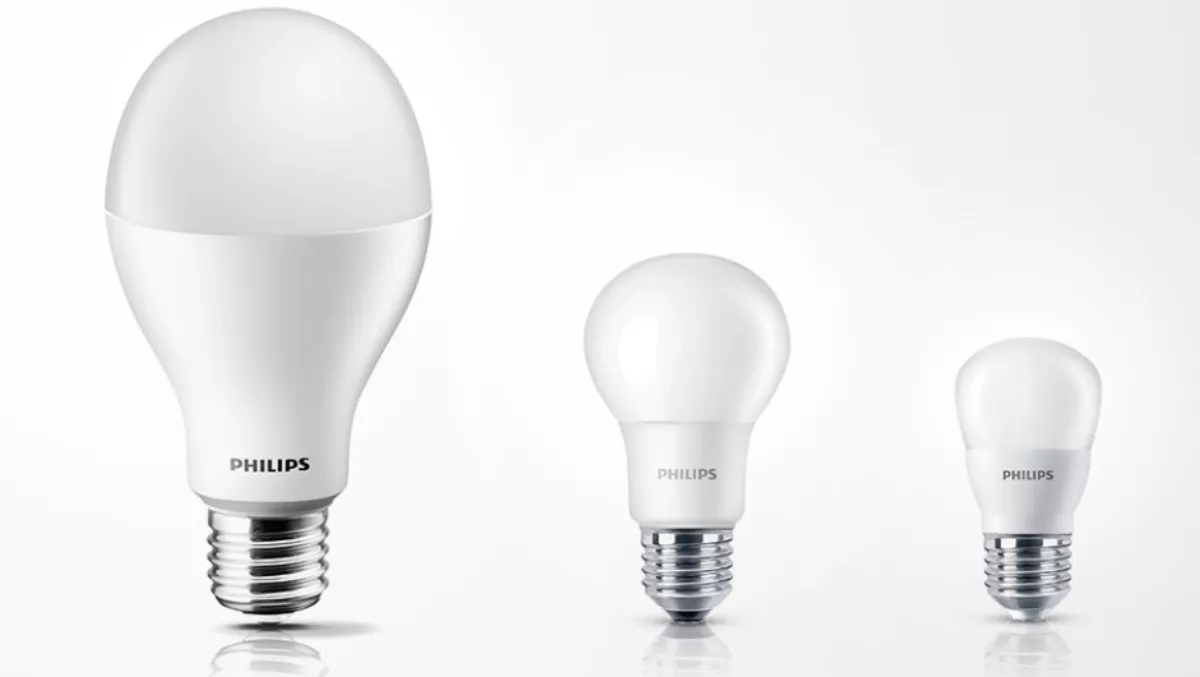
Electricity in New Zealand is expensive. I could rant about this for ages, but I won't because there's an even better solution. Use less electricity.
Lighting may account for around around 8% of your electricity bill, but can still play a part in reducing the amount of electricity you consume.
This is possible thanks to LEDs (otherwise known as Light emitting diodes). They've long been the fodder of pocket calculators and watch displays. More recently they've migrated into our homes as people caught on to their benefits.
This includes energy efficiency. An LED bulb can consume around 14 watts of energy, yet crank out a similar amount of light to a 100 watt incandescent bulb. For lighting trainspotters, that's about 1400 Lumens.
The other big benefit with an LED bulb is that they'll outlive incandescent bulbs by a huge margin. Where incandescent bulbs last around 1,000 hours, LED bulbs can burn for around 15,000 hours. In practice this translates into lower power bills and less money spent buying replacements.
Until recently, these benefits were a hard sell given their sizeable sticker price. Since then, Philips took LED bulbs below the $25 mark and the rest is now history.
Philips has added three new LED bulbs to their range. Their new line up starts with the Philips LED Deco Classic filament bulb. LED bulbs may be energy efficient and long lasting, but they're also ugly, making them a non-starter with chandeliers. This is no longer a problem for the eye-catching Deco classic. It combines a retro vintage filament look with the energy efficiencies of an LED so they look just like bog-standard incandescent bulbs.
Then there's the Scene Switch bulb.It can deliver both warm and cool light. Switching it on see's it defaulting to a cool white. Flick the light switch again and it'll revert to a warm white. No fancy remotes or fancy pants wiring needed. With the Scene Switch LED bulb you could start the day with cool lighting (which aids concentration), switching to a warm light in the evening (to unwind).
Last (but by no means least), Philips also launched what they call a full moon LED bulb. This allows for a wider angle of light distribution. The theory being that it'll deliver more glare-free lighting that is bright, but comfy for tired eyes.
The last word on the matter goes to Philips Lighting NZ GM, Gordon Wiffen who says "With lighting making up around 8% of the average New Zealand home's electricity bill, converting to energy efficient lighting is one simple and effective way to reduce overall energy consumption and cost, especially with more options now available for meeting specific interior design needs,”.